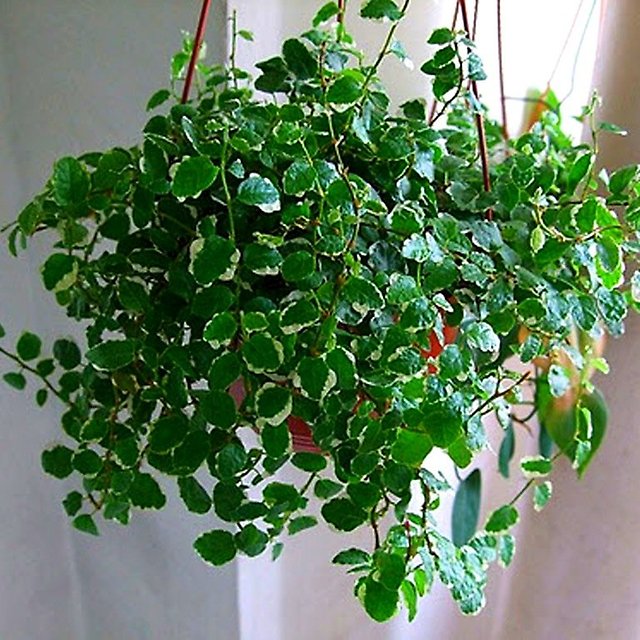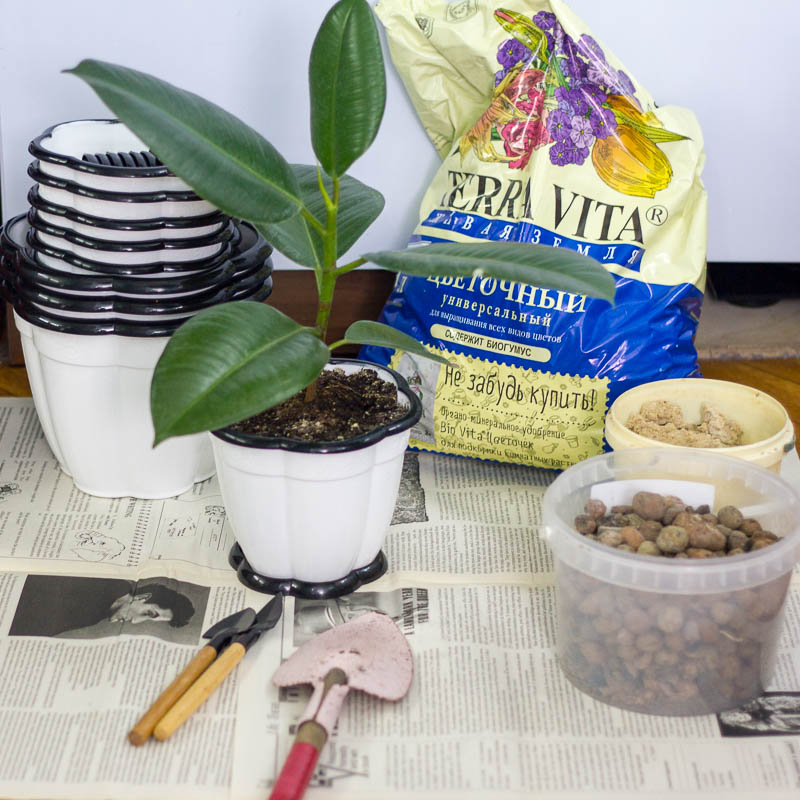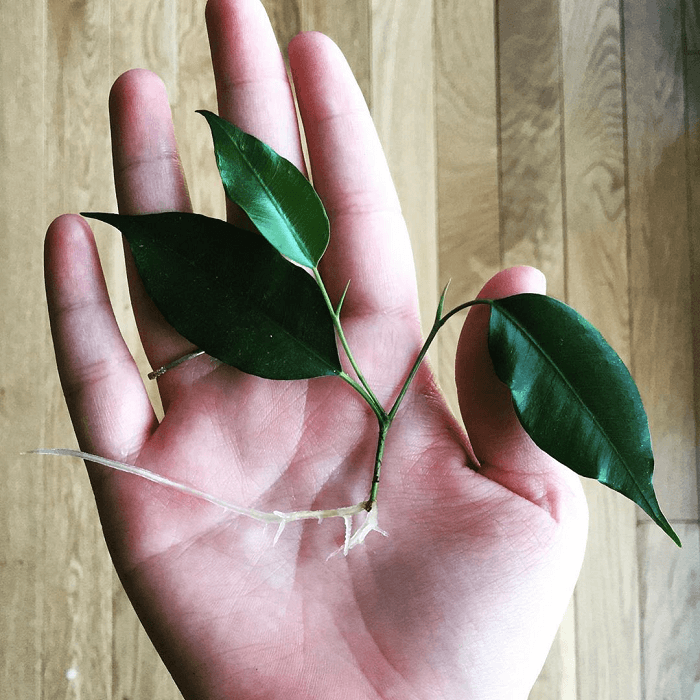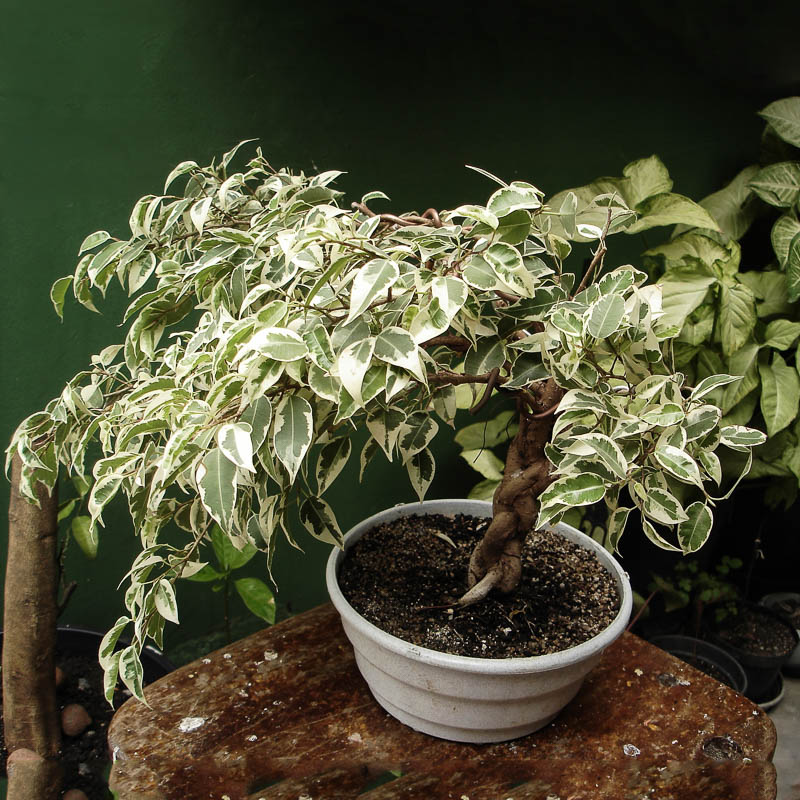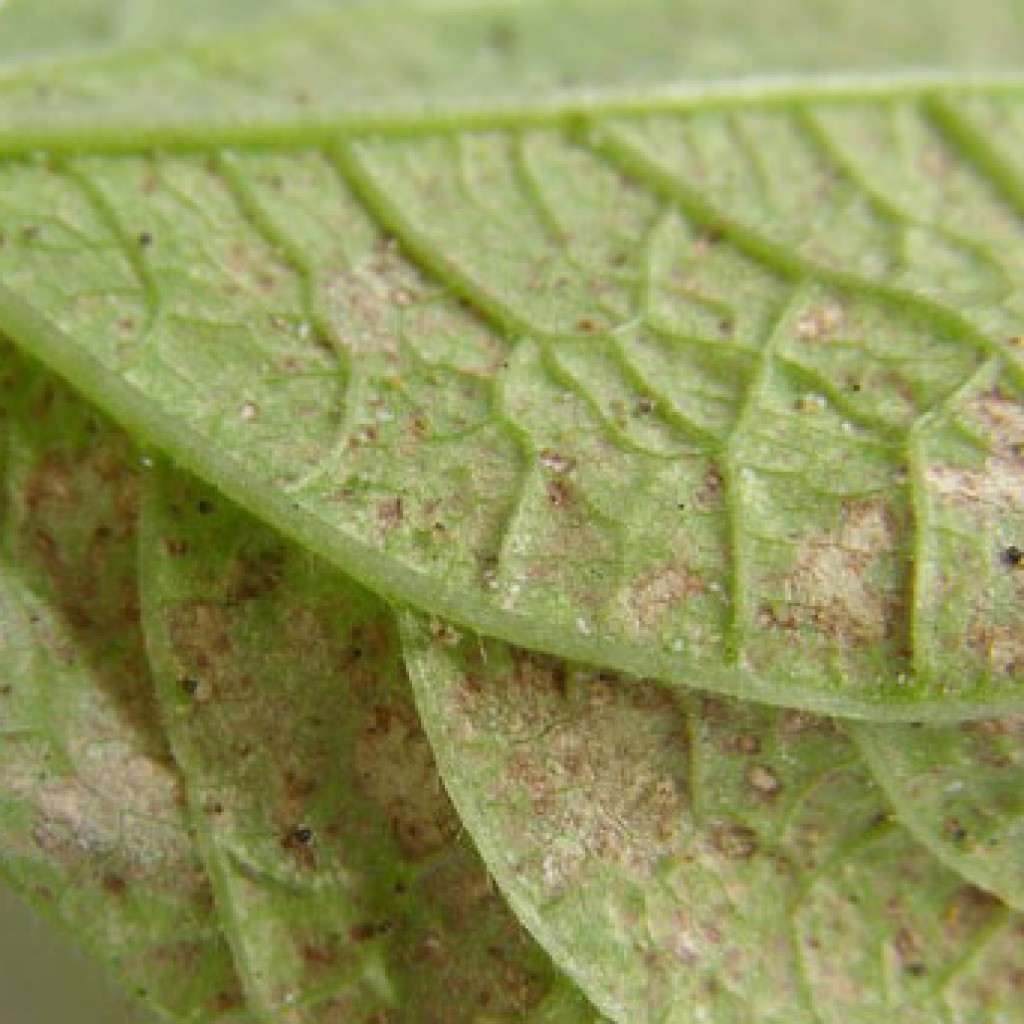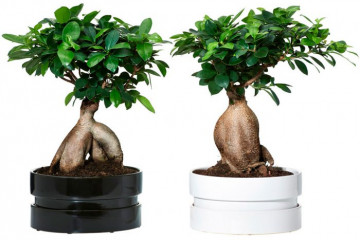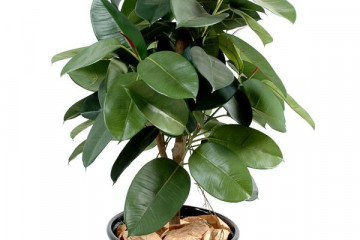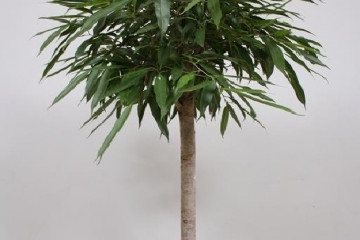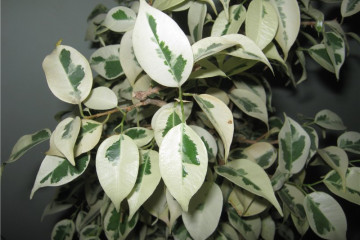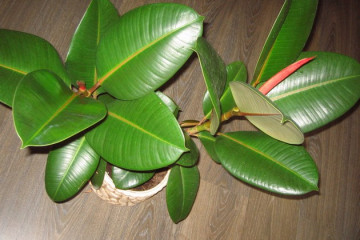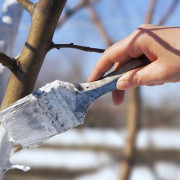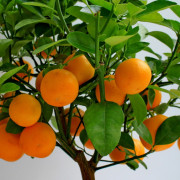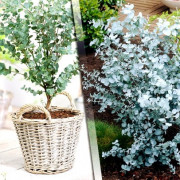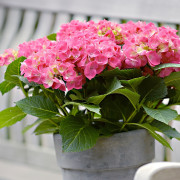Ficus pumila flower - description and home care
Content:
Ficus pumila is an evergreen ornamental houseplant. Differs in wide distribution due to its unpretentiousness.
What does the ficus pumila look like and which family it belongs to
Ficus pumila is a dwarf plant belonging to the mulberry family. It is characterized by its small size, the presence of rapidly growing, thin stems. The leaf plates have an oval shape, rich in bright green color.
There are the following, the most common varieties:
- Sunny - is distinguished by the rim of white-colored creams, framing the leaf plates. Ficus Sunny - home care is the simplest, which explains the great popularity of this variety.
- Dorte - there is no border on the leaves of this plant. Its distinctive feature is white specks located over the entire surface of the leaf plates and chaotic light green blotches.
- White Sunny is famous for its unusual leaves decorated with a light border resembling a dotted line.
Regardless of the specific variety, ficus pumila is characterized by the following medicinal properties:
- increased oxygen production;
- air purification from dust, harmful impurities and compounds;
- creation of a favorable microclimate.
The homeland of the pumila is Southeast Asia. The dwarf ficus came to European countries thanks to Karl Thunberg, a biologist from Sweden who collects various flora samples for further study and reproduction in artificial conditions.
Features of caring for a plant at home
Ficus pumila - home care is simple and does not take much time. In order for the plant to feel comfortable and pleasing to the eye, it is necessary to provide it with the proper temperature regime, watering and lighting.
Temperature
The optimal temperature regime for this plant varies from +18 to +25 ℃. In winter, it is recommended to lower the temperature indicators to 12-14 ℃ above zero.
Lighting
Dwarf ficus is considered a fairly shade-tolerant plant. However, the pumila will feel as comfortable as possible in diffused sunlight.
Watering
Ficus pumila needs regular watering. It is strictly forbidden to allow the soil to dry out. This is due to the poorly developed root system of the plant, which does not allow it to extract the remaining moisture from the bottom of the flowerpot.
Spraying
Spraying a dwarf ficus is necessary in cases where the air humidity in the house is insufficient.For these purposes, warm water is drawn into the sprayer, after which each leaf platinum of the plant is carefully processed. This procedure is carried out several times throughout the week.
Humidity
Casting plants are distinguished by their ability to quickly evaporate moisture. It is especially important to maintain optimal air humidity when growing ficus on a vertical support, since otherwise its root system will not be able to gain a foothold. Dry air increases the likelihood of a spider mite attack.
Priming
The ideal option for growing dwarf ficus will be a substrate for ornamental plants with neutral acidity values or a universal soil, which can be purchased in specialized stores.
Top dressing
For a given plant, an excess of fertilizers is considered more dangerous than their deficiency. It is recommended to apply top dressing in spring and summer 2 times a month. In winter and autumn, it will be enough to fertilize the ficus pumila once a month.
It is not at all difficult to care for a dwarf ficus, and with sufficient care, it will delight the owners with bright foliage and a lush crown.
Features of winter care (during the rest period)
The autumn and winter months are the dormant period of the ficus pumila. At this time, it is recommended to lower the air temperature and reduce the amount of feeding. The plant should also be watered less than once for 2-3 days (depending on the state of the soil). Adequate lighting must be maintained in winter. Since daylight hours are significantly reduced at this time of the year, artificial backlights will definitely be required.
When and how it blooms
Ficus pumila does not bloom at home. Under natural conditions, it forms syconia - a kind of inflorescences, from which yellow fruits are subsequently formed. The flowering period is in the summer months.
Pruning
Dwarf ficus tolerates pruning very well. This procedure is recommended for the purpose of correcting the crown, giving it a beautiful shape. The plant is pruned at the end of February or at the beginning of March.
How ficus pumila reproduces
Ficus pumila is a plant that propagates exclusively in a vegetative way, namely by rooting cuttings.
For these purposes, cuttings are used that remain when trimming the crown of the pumila. They must be placed in a container with water or a moistened substrate. When the plant has roots, it can be transplanted into a regular flowerpot.
Transfer
It is recommended to transplant dwarf ficuses in the spring. Experts advise doing this every year, since the root system of this plant quickly absorbs nutrients from the soil.
Adult ficuses (from 5 years old and older) should not be disturbed with frequent transplants, it will be enough to carry out the manipulation 1 time for 2-3 years.
Drainage must be laid out on the bottom of the pot, then specially prepared soil. The roots of the plant are gently sunk into the soil. At the end of the transplant, it is recommended to water the plant with warm water.
Possible growing problems and diseases
Like other indoor plants, the ficus pumila can get sick and be attacked by various pests. It is important to know how diseases manifest themselves and what needs to be done to protect pumila from extremely adverse consequences and even death.
Drops buds and leaves
Falling leaf plates and drying out of shoots - often indicate insufficient moisture in the soil. You can help the plant simply by increasing the frequency of watering. If the leaves first turn yellow and only then crumble, then the reason lies in the decay of the root system. Regular flooding of the plant, drafts, lack of lighting and low air temperature can provoke this problem.
Leaves turn pale
Blanching of the leaf plates of the ficus pumila, in most cases, is due to insufficient lighting. The problem can be solved by increasing the length of daylight hours by using artificial light lamps.
The tips of the leaves dry
In most cases, the drying tips of the leaf plates of the dwarf ficus occur when the air humidity is insufficient. You can help the plant by spraying it daily with warm water. This procedure is carried out 2-3 times throughout the day.
The lower leaves fall
Falling of the lower leaves can be caused by too frequent watering, lack of lighting and heat in the room. No special treatment is required, it is enough just to eliminate the provoking factors.
Pests
Ficus pumila affects mainly spider mites. Treatment consists in daily wiping of the leaf plates of the plant with hot water (about +40 ℃).
Other problems
When growing a dwarf ficus, you can face the following problems:
- A drooping crown - the problem arises against the background of a lack of lighting and low temperature conditions. You can help the plant recover by eliminating negative factors.
- The appearance of brown spots on the leaf plates indicates an excess of fertilizer. For a while, it is recommended to abandon the use of dressings.
- The disappearance of white spots in variegated varieties indicates a lack of lighting. The use of artificial light bulbs is recommended.
Ficus is a beautiful and unpretentious houseplant in care. In addition to decorative functions, dwarf ficus purifies the air by saturating it with oxygen. It is enough to pay just a little attention to this plant in order to enjoy its beauty and useful properties throughout the whole year.
